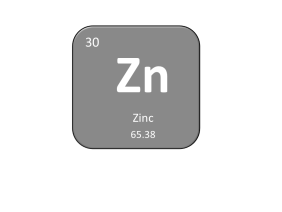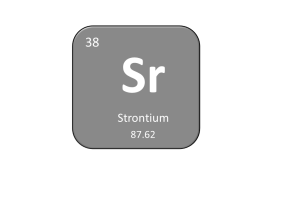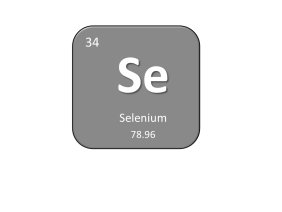Not a Priority Chemical

CAS Number
131-57-7
Benzophenone-3 (oxybenzone) is used in many sunscreens and some other personal care products to protect skin from sun damage. Benzophenone-3 is also added to packaging and some consumer products, such as cosmetics and paints, to protect the products from sun damage.
Download
Fact Sheet
BP-3 is found in:
- Many sunscreens.
- Sun-protective personal care products, such as some lotions, lip balms, and cosmetics.
- Some perfumes, shampoos, conditioners, and nail polish.
- Plastic packaging for some food and consumer products.
- Some protective coatings, such as varnish and oil-based paint.
Possible health concerns of BP-3:
- BP-3 may interfere with the body’s natural hormones.
Possible ways to reduce exposure to BP-3:
- Wash off sunscreen and sun-protective products once you are out of the sun.
- Eat more fresh food and less packaged food, which might help reduce exposure to BP-3 from some plastic packaging.
Importance of sun safety
Sun exposure is known to damage skin and increase cancer risk. Applying a broad spectrum sunscreen is one of the most important ways to protect against the sun’s ultraviolet (UV) rays. You should also:
- Reduce or avoid exposure to direct sunlight when UV rays are strongest, usually between 10 am and 4 pm. When possible, stay in the shade.
- Wear protective clothing, including a wide-brimmed hat and sunglasses, and long sleeves and long pants if possible.
For More Information
Sun safety tips: http://www.healthychildren.org/English/safety-prevention/at-play/Pages/Sun-Safety.aspxBiomonitoring California Information
Chemical discussed at
External Biomonitoring Links
CAS Number
various
- Not a Designated Chemical
- Not a Priority Chemical
- Chemical not currently measured by Biomonitoring California
- Potential Candidate for Biomonitoring
Biomonitoring California Information
Chemical discussed at

CAS Number
134-62-3
DEET is used to repel biting insects, primarily mosquitos and ticks.
Download
Fact Sheet
DEET is found in
- Insect repellent products in many forms, such as sprays, sticks, lotions, and towelettes.
Possible health concerns of diesel exhaust:
DEET is a widely used insect repellent with very little indication of health concerns when used as directed. However, there is some information that DEET:
-
- May increase the potential for some pesticides to affect the nervous system if you apply DEET and spray pesticide(s) in your house or yard at the same time.
Possible ways to reduce exposure to diesel exhaust:
- Reduce your use of insect repellents by wearing long sleeves, long pants, socks, and a hat. Tightly-woven materials are more protective. Use mosquito netting when appropriate.
-
Reduce mosquitos around your home and garden by:
-
- Installing or repairing screens on windows and doors.
- Emptying standing pools of water, such as in buckets, wheelbarrows, and tarps.
-
-
If you use products containing DEET:
-
- Always read and follow all directions on the label.
- Use just enough DEET to cover exposed skin and, if needed, the outside of clothing. Using more repellent does not increase its effectiveness.
- Apply sprays in well-ventilated areas or outside. Do not spray directly onto your face. Spray on hands first and then apply to face.
- Do not apply on cuts or irritated skin.
- Parents should apply DEET to children’s skin. Do not apply to children’s hands or allow children to handle DEET products. Do not use on infants younger than 2 months of age.
- Wash off DEET once it is no longer needed.
- Wash clothing sprayed with DEET before wearing it again.
-
-
If you use both DEET and sunscreen:
-
- It is generally recommended to apply sunscreen first. Follow directions on how often to reapply the two products.
- Wash off DEET and sunscreen when they are no longer needed.
-





